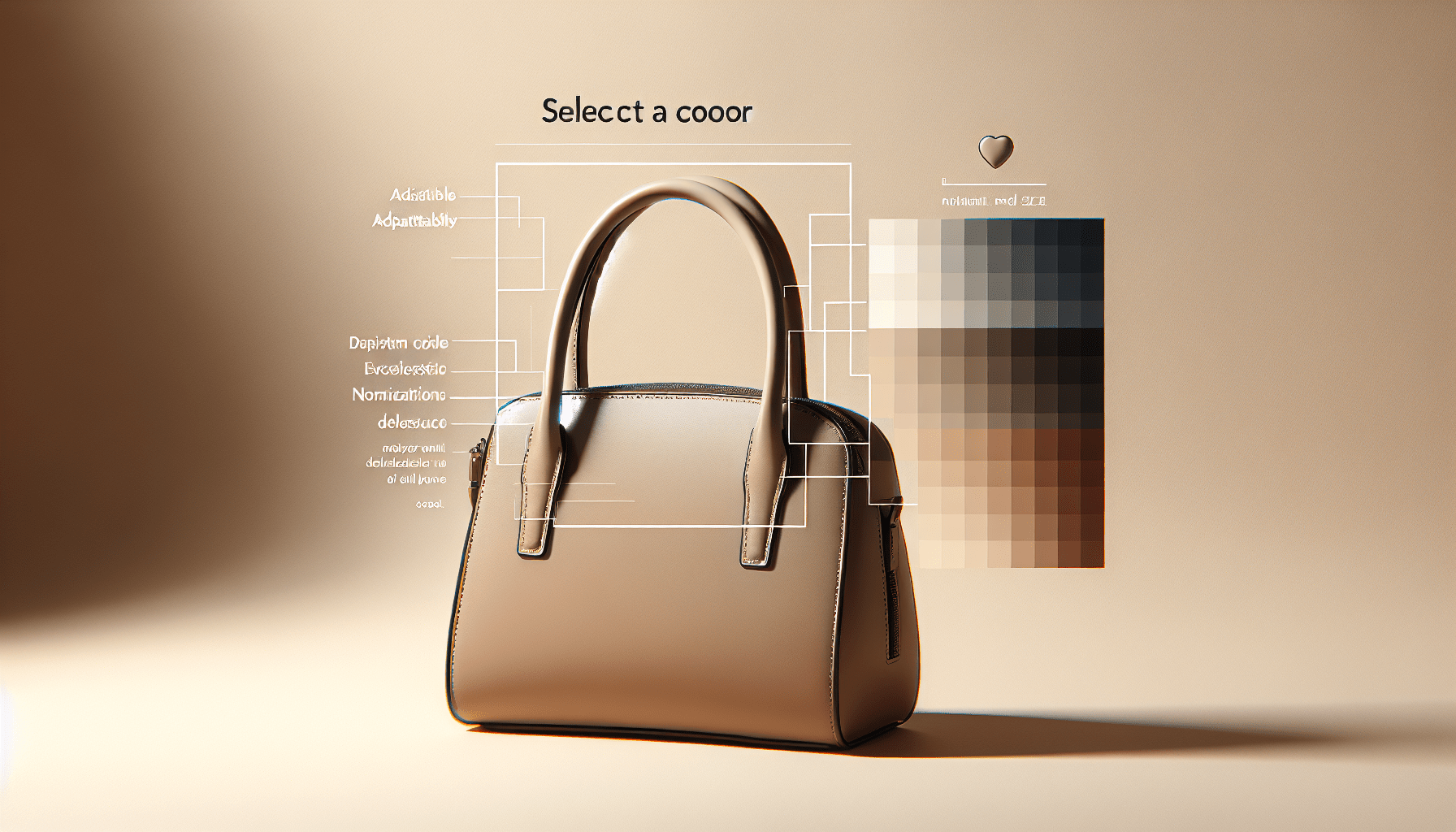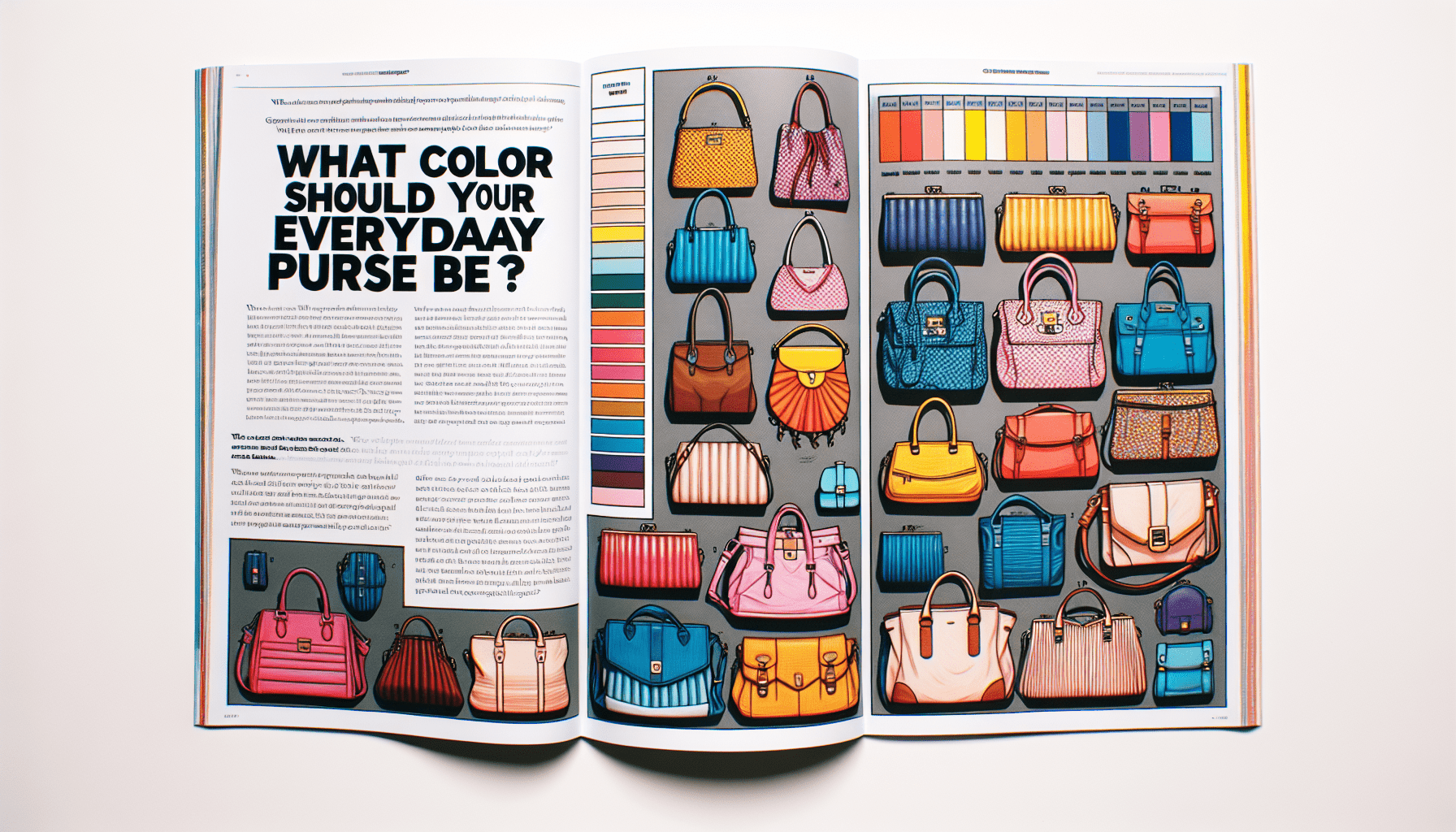When Were Backpacks Invented
Ah, the trusty backpack! Have you ever wondered when this ingenious invention came into existence? Well, prepare to be enlightened, my friend. In this article, we will explore the fascinating history of backpacks and unveil the answer to the age-old question: when were backpacks invented? So, sit back, relax, and let’s embark on a journey through time to discover the origins of this beloved accessory.
Ancient Origins of Backpacks
Backpacks have a rich and fascinating history that stretches back thousands of years. The need for carrying belongings dates back to prehistoric times, making bags one of the oldest inventions known to humanity.
Prehistoric Usage of Bags
Even in the earliest civilizations, humans found the necessity to transport items from one place to another. Prehistoric inhabitants created rudimentary bags by tying animal skins or plant fibers together. These early makeshift bags allowed our ancestors to carry essential tools and food as they roamed the lands in search of sustenance.
Early Evidence of Backpacks in Ancient Egypt and Greece
As societies across the world developed, the use of bags became more sophisticated. In ancient Egypt, evidence of shoulder sacks can be seen in murals and hieroglyphics, depicting people carrying their belongings in fabric sacks slung over their shoulders. Similarly, ancient Greeks utilized similar shoulder bags called “kibisis” to carry their possessions during travels.
Medieval and Renaissance Backpacks
The Middle Ages and Renaissance periods brought about notable advancements in backpack designs, paving the way for the backpacks we are familiar with today.
The Emergence of Satchels and Rucksacks
During this time, the satchel started to gain popularity. Made from leather or fabric, satchels were worn diagonally across the body, allowing for convenient access to items stored within. These bags were commonly used by scholars and travelers to carry books, scrolls, and personal belongings.
Additionally, rucksacks made their debut during this period. Rucksacks were larger backpack-like bags made from durable materials such as canvas or leather. They were primarily used by soldiers, offering them a practical way to transport supplies, weapons, and other essential items during military campaigns.
Backpack-like Containers in Europe
While backpacks, as we currently envision them, did not yet exist, various forms of backpack-like containers were utilized across Europe during the Medieval and Renaissance eras. These containers, often made of animal hides or textiles, were suspended from a wooden frame and secured to the back with straps. They provided a way to carry sizable loads while evenly distributing the weight across the body.
18th and 19th Century Innovations
The 18th and 19th centuries saw further innovations in backpack designs, particularly driven by military needs and exploration.
The Development of Knapsacks
Knapsacks, a precursor to modern backpacks, gained popularity during this time. They were typically made from canvas or leather and featured a large main compartment with additional external pockets for organizing smaller items. Knapsacks were commonly used by soldiers and travelers, enabling them to carry essential provisions on their back with greater ease and efficiency.
Military Usage of Backpacks
As armies expanded and warfare became more complex, the military relied heavily on backpacks to equip their soldiers. Backpacks designed for military purposes often had specialized compartments for specific gear, such as ammunition, medical supplies, and rations. These packs allowed soldiers to carry all they needed for extended campaigns, increasing their mobility and effectiveness on the battlefield.
20th Century Evolution
The 20th century brought about significant changes in backpack design, driven by the needs of different sectors and the rapid advancements in materials and technology.
Introduction of Hiking Backpacks
With the rise of outdoor recreational activities such as hiking, mountaineering, and camping, specialized backpacks designed for these purposes emerged. These hiking backpacks featured lightweight yet durable materials, ergonomic designs, and adjustable straps, allowing outdoor enthusiasts to carry their gear comfortably during long treks. The introduction of external frame backpacks further improved weight distribution and stability.
Backpacks in School and Work
In the early 20th century, backpacks also became a staple for students, providing a convenient way to transport books, stationery, and other essentials to and from school. As educational systems expanded and more students carried heavier loads, backpack designs adapted to accommodate the growing demands. Back support, padded straps, and multiple compartments became common features, promoting ergonomics and organization within the academic setting.
Similarly, in the workplace, backpacks became popular among professionals who needed to transport laptops, documents, and other work-related items. These “urban backpacks” often feature sleek designs, dedicated laptop compartments, and various organizational pockets, catering to the needs of modern professionals in bustling cities.
Military Backpack Innovations
The mid-20th century witnessed significant advancements in military backpacks. The introduction of durable synthetic materials like nylon and polyester revolutionized backpack manufacturing, making them more lightweight and resistant to weather conditions. Backpacks designed for military use became even more specialized, incorporating features such as MOLLE (Modular Lightweight Load-carrying Equipment) systems, hydration compatibility, and quick-release mechanisms for rapid deployment.
Modern Backpack Designs
In recent years, backpack designs have continued to evolve, influenced by ergonomic considerations, technological advancements, and fashion trends.
Ergonomic and Technological Advancements
Modern backpacks prioritize comfort and functionality, thanks to innovations in ergonomic design. Padded shoulder straps, adjustable sternum straps, and hip belts provide better weight distribution and reduce strain on the wearer’s back. Some backpacks incorporate air ventilation systems or moisture-wicking materials to enhance breathability during physical activities.
Furthermore, backpacks have adapted to accommodate technological devices. Integrated USB ports for charging devices, designated laptop compartments with extra padding, and cable management systems are now common features in backpacks designed for tech-savvy users.
Fashion and Lifestyle Trends
In recent years, backpacks have become not only practical but also fashionable accessories. Designers have turned backpacks into style statements by using premium materials, incorporating trendy patterns, and introducing innovative aesthetics. From minimalist designs to bold prints, backpacks now cater to various style preferences, making them versatile accessories suitable for both casual and formal settings.
Environmental Impact of Backpacks
As backpacks continue to be widely used, concerns have emerged regarding their environmental impact and sustainability practices in their production.
Sustainability Concerns
Like many industries, the production of backpacks can have environmental implications. The use of non-renewable resources, such as petroleum-based materials and chemical dyes, contribute to carbon emissions and pollution. Additionally, the disposal of backpacks, particularly those made from non-biodegradable materials, can lead to increasing waste in landfills.
To address these concerns, some backpack manufacturers have begun to prioritize sustainable practices. This includes using recycled materials, opting for organic fibers, and implementing more eco-friendly manufacturing processes. Additionally, efforts are being made to extend product durability and promote repairability to reduce the need for frequent replacements.
Eco-Friendly Backpack Alternatives
In response to sustainability concerns, alternative backpack options have emerged. These include backpacks made from recycled plastic bottles, organic cotton, and other eco-friendly materials. Some companies have also embraced innovative approaches, such as creating backpacks from upcycled materials or using renewable resources like bamboo or hemp.
Furthermore, the rise of the sharing economy has led to the popularity of backpack rental services, where users can borrow backpacks for specific trips or occasions, reducing the need for individuals to own multiple backpacks and minimizing waste.
In conclusion, backpacks have come a long way since their inception in prehistoric times. From humble beginnings as animal skin pouches to specialized, ergonomic designs suited for various purposes, backpacks have evolved alongside human needs and technological advancements. As the world becomes more conscious of sustainability, it is essential for both consumers and manufacturers to prioritize eco-friendly practices in the production and usage of backpacks, ensuring that these versatile and practical accessories continue to serve us while minimizing their environmental impact.




